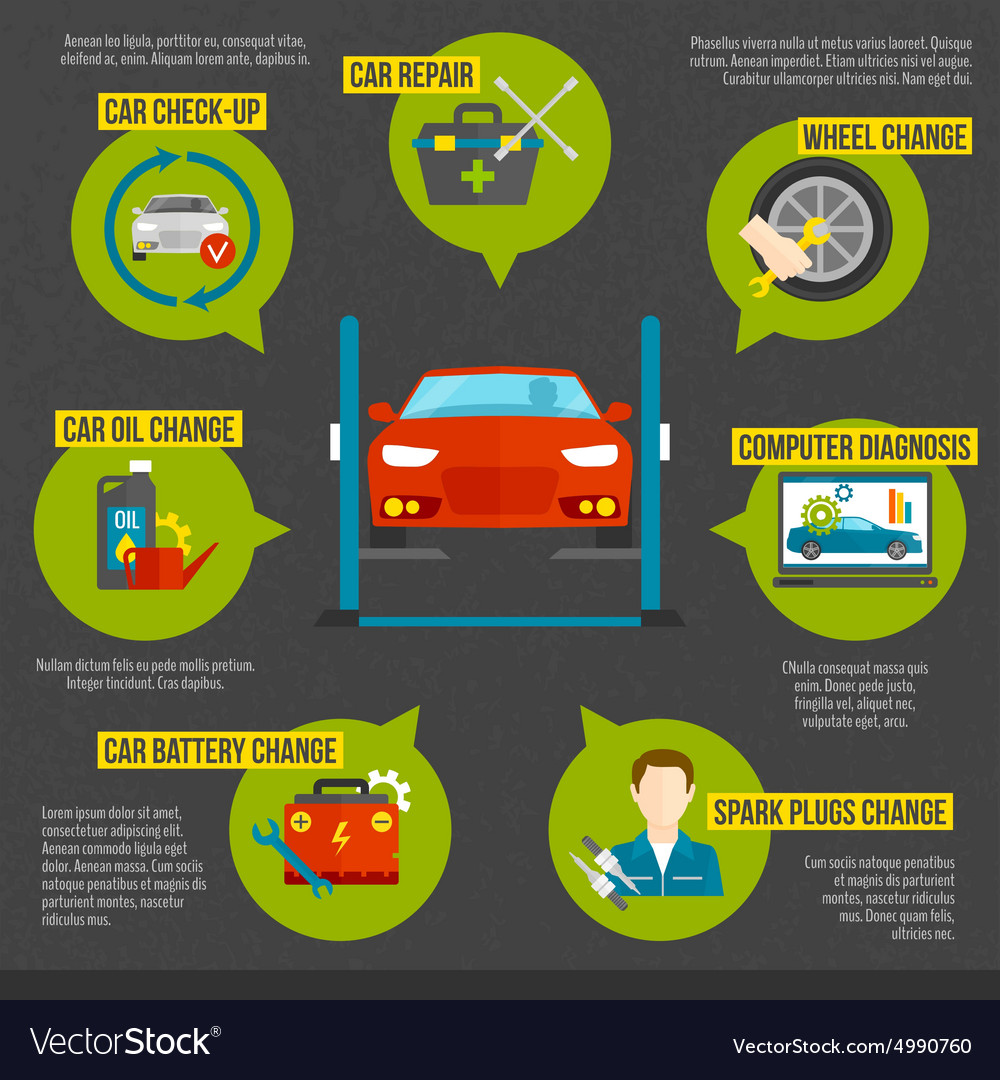Analyzing Your Automobile'S Caution Indicators: What They Actually Share
Analyzing Your Automobile'S Caution Indicators: What They Actually Share
Blog Article
https://brakepadsandrotors62839.blogdun.com/32725304/learn-just-how-environment-friendly-car-outlining-items-can-raise-your-vehicle-s-shine-while-securing-the-earth-find-the-sustainable-alternatives-waiting-on-you Written By-Vinson Stark
When you're behind the wheel, those radiant warning lights on your control panel can be a little bit puzzling. Do you know what they're trying to inform you regarding your car's wellness? Comprehending the value of these lights is vital for your security and the longevity of your vehicle. So, the following time among those lights pops up, would not you intend to analyze its message properly and take the necessary steps to resolve it?
Common Caution Lighting and Interpretations
Recognize common caution lights in your car and recognize their definitions to make certain risk-free driving.
The most common caution lights consist of the check engine light, which signals problems with the engine or exhausts system. If this light begins, it's critical to have your vehicle inspected quickly.
The oil stress alerting light shows low oil pressure, calling for immediate attention to avoid engine damages.
A blinking battery light may suggest a defective billing system, potentially leaving you stranded otherwise resolved.
The tire stress surveillance system (TPMS) light informs you to reduced tire pressure, impacting automobile security and fuel effectiveness. Disregarding this could bring about hazardous driving conditions.
The ABS light shows an issue with the anti-lock braking system, endangering your ability to quit swiftly in emergencies.
Last but not least, the coolant temperature advising light warns of engine getting too hot, which can result in serious damages otherwise resolved quickly.
Comprehending these typical caution lights will aid you deal with issues without delay and keep safe driving problems.
Significance of Prompt Focus
Comprehending the typical warning lights in your auto is only the very first step; the importance of quickly resolving these cautions can't be highlighted enough to ensure your safety when traveling.
When a caution light illuminates on your control panel, it's your cars and truck's means of interacting a prospective concern that needs attention. Neglecting these cautions can cause much more extreme troubles down the road, endangering your safety and potentially costing you much more out of commission.
Motivate attention to cautioning lights can avoid breakdowns and crashes. As an example, a blinking check engine light might show a misfire that, if left neglected, can trigger damages to the catalytic converter. Resolving this immediately can save you from a costly repair.
In a similar way, a brake system alerting light could signal reduced brake fluid or used brake pads, crucial components for your security when driving.
Do It Yourself Troubleshooting Tips
If you observe a caution light on your control panel, there are a couple of DIY repairing pointers you can attempt before looking for professional assistance.
The initial step is to consult your auto's handbook to understand what the particular caution light suggests. Sometimes the issue can be as easy as a loose gas cap setting off the check engine light. Tightening the gas cap may solve the trouble.
Another typical concern is a reduced battery, which can cause numerous cautioning lights. Examining https://www.newsleader.com/story/news/2020/04/01/automobile-maintenance-inspection-coronavirus-covid-19/5106348002/ for rust and guaranteeing they're protected may take care of the trouble.
If a warning light continues, you can try resetting it by separating the car's battery for a few minutes and after that reconnecting it. In addition, examining your car's fluid degrees, such as oil, coolant, and brake liquid, can assist troubleshoot warning lights associated with these systems.
Conclusion
Finally, comprehending your automobile's caution lights is vital for maintaining your automobile running smoothly and safely. By without delay attending to these informs and recognizing what they imply, you can stay clear of pricey repairs and possible breakdowns.
Keep in mind to consult your automobile's manual for particular details on each cautioning light and act appropriately to guarantee a trouble-free driving experience.
Remain informed, remain risk-free on the road!
